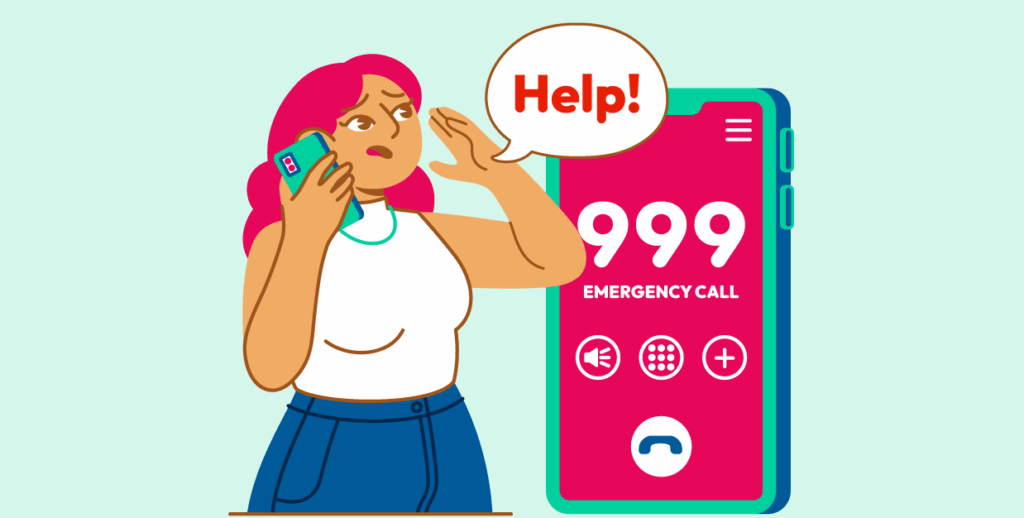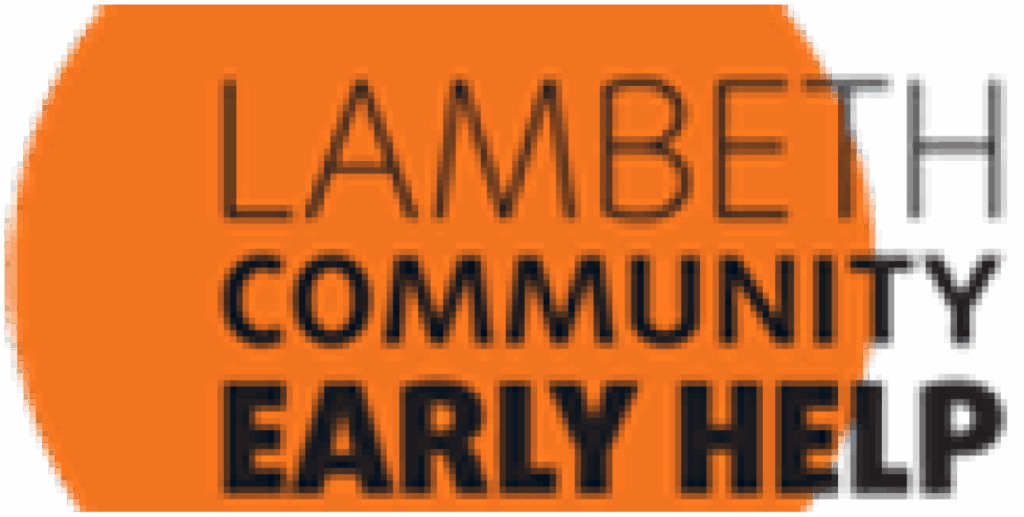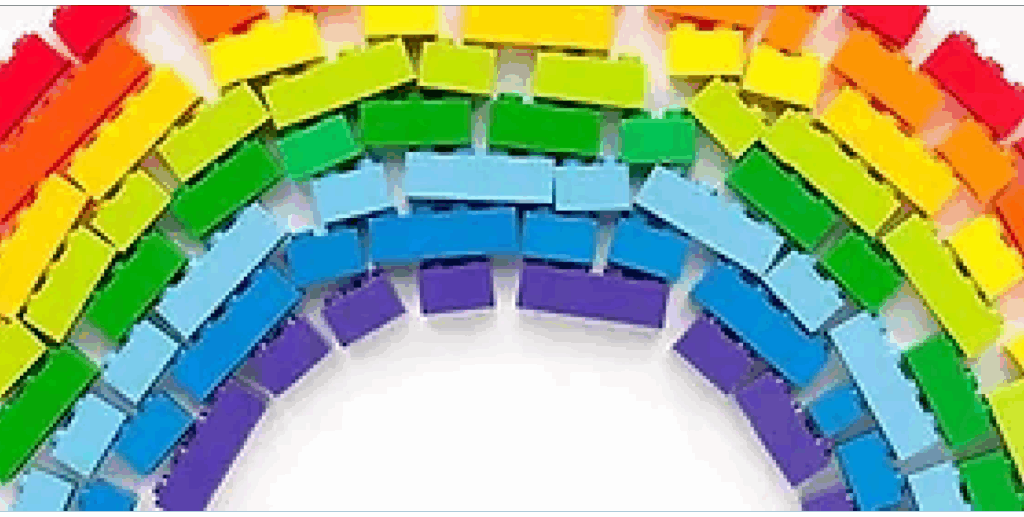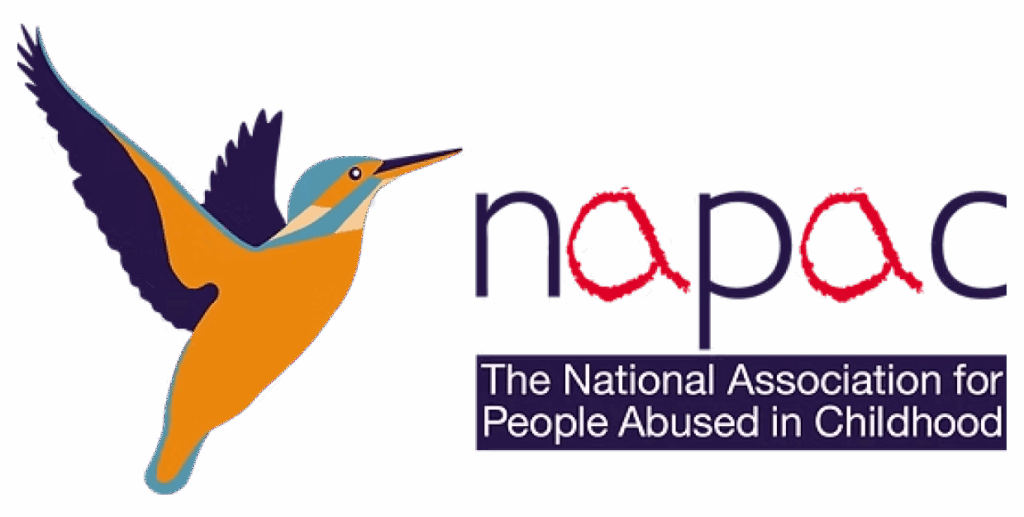Child Abuse
Child abuse is any action by another person – adult or child – that causes significant harm to a child. It can be physical, sexual or emotional, but can just as often be about a lack of love, care and attention – which is neglect. We know that neglect, whatever form it takes, can be just as damaging to a child as other types of abuse.
Somebody may abuse a child by inflicting harm, or by failing to act to prevent harm. Harm includes the impact of witnessing the ill-treatment of others, for example, domestic abuse.
An abused child will often experience more than one type of abuse, as well as other difficulties in their lives. It often happens over a period of time, but can also be a one-off event.
Children can be abused within their families (which is often called intra-familial harm) or outside of their families (which is often called extra-familial harm), including institutional and community settings and – increasingly – online. Learn more about extra-familial harm here.
Children can be abused by adults and children who are known to them and, more rarely, by strangers.
Types of Child Abuse
Physical abuse
May involve hitting, shaking, throwing, poisoning, burning or scalding, drowning, suffocating, or otherwise causing physical harm to a child. Other ways of causing physical harm to a child include, for example, fabricating the symptoms, or deliberately inducing the illness of, a child (known as fabricated or induced illness), making them to exercise excessively or forcing them to hold stress positions.
Emotional abuse
Is the persistent emotional ill-treatment of a child such as to cause severe and persistent adverse effects on the child’s emotional development. It may involve conveying to children that they are worthless or unloved, inadequate, or valued only insofar as they meet the needs of another person, age or developmentally inappropriate expectations being imposed on children, causing children frequently to feel frightened, or the exploitation or corruption of children.
Domestic abuse
By law, children who experience domestic abuse are victims in their own right. Domestic abuse can be a single incident or a course of conduct and encompasses a wide range of abusive behaviours. For example, physical or sexual abuse, violent or threatening behaviour, controlling or coercive behaviour, economic abuse and psychological, emotional, or other abuse. Children can experience domestic abuse in lots of ways: they might see or hear the abuse, or even try and intervene to stop the abuse, or they might experience the aftermath or effects without ever witnessing abuse: this is equally as damaging to children and is a form of harm to children.
Sexual abuse
Involves forcing or enticing a child or young person to take part in sexual activities, whether or not the child is aware of what is happening. The activities may involve physical contact, including penetrative or non-penetrative acts. They may include involving children in looking at, or in the production of, pornographic material, or encouraging children to behave in sexually inappropriate ways.
Neglect
Is the persistent failure to meet a child’s basic physical and/or psychological needs, likely to result in the serious impairment of the child’s health or development. For example, failing to provide adequate food, shelter & clothing, failing to protect a child from physical and emotional harm or danger, failing to ensure adequate supervision (including the use of inadequate caregivers), failure to ensure access to appropriate medical care or treatment, failure to provide suitable education, or failure to respond to a child’s basic emotional needs.
Support and Resources

In an emergency

Make a safeguarding referral for support

Access Early Help in your area

Pan London Continuum of Help and Support

Resources for professionals

Support for people abused in childhood

Guidance for Practitioners

